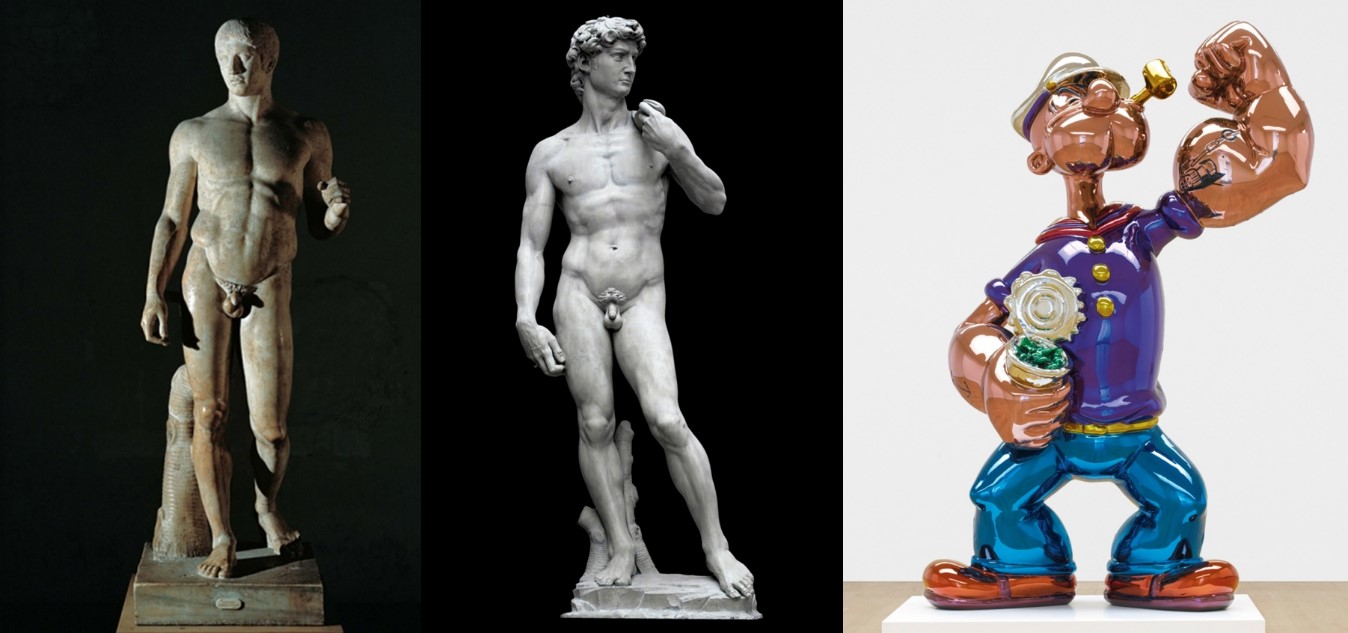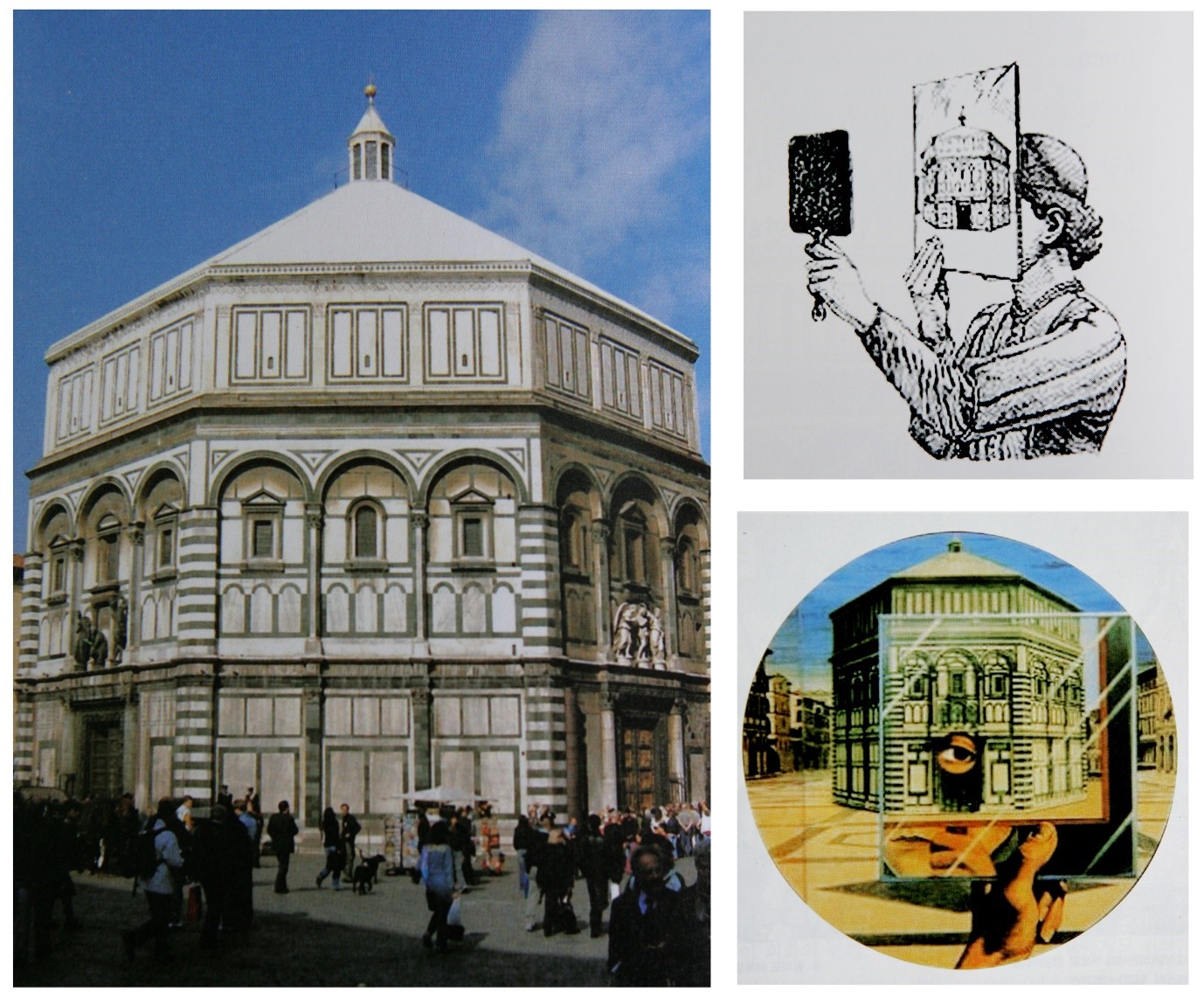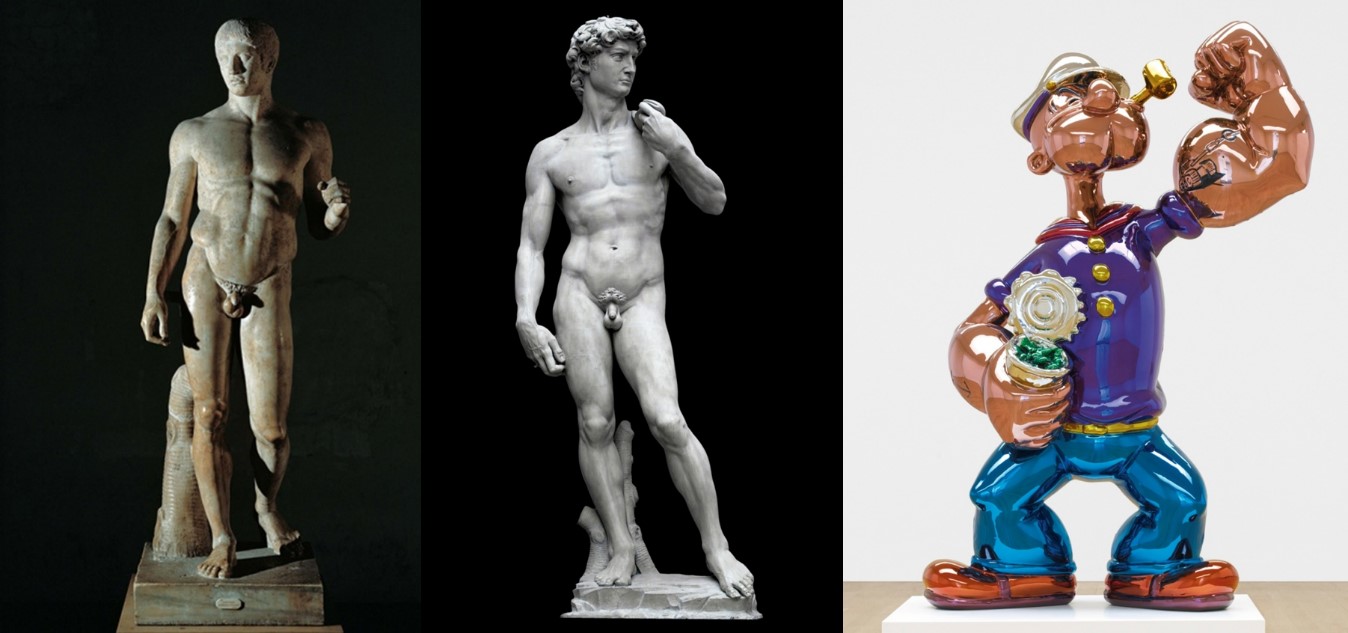In this article, I would like to discuss
the essential basic knowledge required to properly understand contemporary art.
Art is closely tied to the flow of the times, and at the root of many changes
lie shifts in the spirit of the age or the discovery of new scientific
principles. Thus, this article will explore the meaning of 'the appreciation
and understanding of art' and examine 'the relationship between art,
philosophy, and science.' Additionally, in light of the rapid changes in
21st-century contemporary art, we will look at the 'operational structure of
contemporary art,' which has become globalized, specialized, and
industrialized.
Because each era has different standards
for evaluating artworks, there are limitations to understanding today's art
using the methods of the past. To grasp modern art, we need an education that
reflects its new and evolving nature, yet in Korea, 19th-century methods of art
appreciation still dominate.
 Pablo
Picasso, Les Demoiselles d'Avignon, 1907, 244x234 cm, New York, ⓒThe
Museum of Modern Art (MoMA)
Pablo
Picasso, Les Demoiselles d'Avignon, 1907, 244x234 cm, New York, ⓒThe
Museum of Modern Art (MoMA)Appreciation and Understanding: Their Meaning
'Appreciation' refers to the emotions or
thoughts formed through sensory perception, while 'understanding' is knowledge
or experience gained through reason.
The human brain integrates emotion and
intellect to perceive and judge objects, and it is based on this process that
decisions are made. From this perspective, the creation of artwork is not
merely the result of a sensory activity but an outcome of integrated thinking, expressed
through both emotional and intellectual content and form.
People, even fellow artists, often speak as
if great painters were destined to create masterpieces from birth. For example,
they may claim that Van Gogh's uniqueness allowed him to produce such original
works, or that Picasso, being a genius, could effortlessly create masterpieces
with a few brushstrokes.
 Left:
Jean-François Millet, “Shearing Sheep,” 1852–3 ⓒMuseum of Fine Arts
Left:
Jean-François Millet, “Shearing Sheep,” 1852–3 ⓒMuseum of Fine ArtsRight: Vincent van Gogh, “The Sheep-Shearer (after Millet),” 1889 ⓒVan Gogh Museum
However, Van Gogh, though he struggled with mental health issues due to depression and sensitivity, diligently studied the works of realist artist Jean-François Millet, painstakingly analyzing his techniques and repeatedly practicing them. This is evident from the numerous drawings and sketches he left behind.

Picasso, Science and Charity, 1897, oil on canvas, Museu Picasso, Barcelona
Picasso continued to study and practice throughout his life, even after becoming famous, leaving behind tens of thousands of works as a testament to his dedication to creation. The greatness of artists is not just the result of innate talent but rather their unyielding passion and relentless effort. To properly appreciate and understand art, one must grasp the value of the artist's efforts in achieving their artistic vision.

The evolution of Picasso's self-portraits from the age of 15 to 90.
Taste, Level, and Value
People often tend to equate what they like
with what is good. Liking something is a matter of personal taste, a freedom
everyone is entitled to, and no one can say whether that taste is right or
wrong. However, it is important to understand that there is a key issue to be
addressed in order for personal taste to attain value and sophistication.
For instance, liking the 'sweet tteokbokki
with lots of sugar' you enjoyed as a child is a personal preference. However,
for this sweet tteokbokki to be considered a healthy dish, better ingredients
and seasonings need to be used instead of sugar.
Good art is similar. Simply expressing the
artist’s imagination or spontaneous ideas does not make it a good work of art.
Even famous artists often claim that simply expressing whatever comes to mind
is what art is about. However, for a work to be considered good, it must go
beyond mere ideas. The artist's concept and theme must be refined, gaining
universal relevance, and the appropriate visual form must express this content.
Only then does it qualify as a good piece.
Art is valuable because it enriches life
without restricting the lives of others. Therefore, properly appreciating and
understanding art means elevating one's taste to something valuable and
sophisticated. Without this foundation, art becomes meaningless.
Art, Science, and Philosophy
Many people believe that philosophy and
science are rational and art is emotional, so they assume these fields are
unrelated. However, the human brain integrates rational and emotional
processes, working in harmony. Moreover, these three fields—art, philosophy,
and science—are all disciplines that deal with the essence of the human spirit.
Logical thinking in philosophy and empirical findings in science are often
impossible without the help of imagination and intuition, which belong to the
emotional realm.
 (Left)
Polykleitos, Doryphoros (Spear-Bearer), Roman period replica, height approx.
2.2 meters, 445 BC
(Left)
Polykleitos, Doryphoros (Spear-Bearer), Roman period replica, height approx.
2.2 meters, 445 BC(Middle) Michelangelo (1475-1564), David, 4.34 meters, 1504, Galleria dell'Accademia, Florence
(Right) Jeff Koons (1955-), Popeye, mirror-polished stainless steel, 198x131x72cm, 2009-2011, 1/3
In ancient Greece, a classic example of the era’s representative art is the sculpture Doryphoros (Spear-Bearer), created by Polykleitos. In his book Canon, Polykleitos proposed a theory of bodily proportions, arguing that "the human body resembles the form of the gods, and the most perfect body is seven heads tall." This idea was based on anthropomorphism, which likened humans to gods, and is an example of how the spirit of the age was applied to art in a rational manner.
 Brunelleschi
used a mirror to analyze the perspective of the Baptistery located in the
Piazza of Florence, enabling him to create a precise perspective drawing of the
structure.
Brunelleschi
used a mirror to analyze the perspective of the Baptistery located in the
Piazza of Florence, enabling him to create a precise perspective drawing of the
structure.
Artwork depicting perspective. A grid-patterned screen is placed in front of the model and accurately transferred onto paper.
 Raphael, The School of Athens, 1510
Raphael, The School of Athens, 1510The birth of Impressionism was also based on the discovery of Newton's spectrum, and today's modern art also has countless works based on cutting-edge scientific knowledge or technological advancements.
If you look at the exhibition "In Orbit" by Argentinean contemporary artist and architect Tomas Saraceno, held at the Gwangju National Asia Culture Center in 2017, you can see wonderful installation works that recreate the future society, environment, and city with cutting-edge technology through collaboration with astrophysics, aerospace, biologists, and physicists. I think that the meeting of art, philosophy, and cutting-edge science will become more active and accelerated in this way in the future.
 Tomás Saraceno, In Orbit,
2013 at Kunstsammlung Nordrhein-Westfalen, K21 Ständehaus, Düsseldorf, 2013. © Photography by Tomás Saraceno
Tomás Saraceno, In Orbit,
2013 at Kunstsammlung Nordrhein-Westfalen, K21 Ständehaus, Düsseldorf, 2013. © Photography by Tomás SaracenoIt goes without saying that Alois Riegl (1858-1905) said, “Art is a product of the spirit of the times,” and just as René Magritte said, “I do philosophy through my work,” and Einstein said, “Science is impossible without God,” we can see that works of art constantly reveal the changes of the times in new visual ways.
The Organizational Structure of Contemporary Art
The structure of contemporary art refers to the overall system in which various sectors interact organically. A brief overview of these sectors includes the realm of creation, centered around artists and their works, the theoretical field (aesthetics, art history, criticism) that discusses the aesthetic value of art, exhibition spaces (museums, non-profit organizations, biennales) that showcase works, commercial spaces (galleries, auctions, art fairs) that operate for the distribution and sale of art, and the sector of collection, where artworks are acquired either for investment or as part of private or public collections.
 The organizational structure of contemporary art
The organizational structure of contemporary artTo complete the structure of contemporary
art, artists must first be producing diverse works, and basic conditions, such
as small galleries or non-profit spaces for exhibition, must be in place.
Curators and museums are needed to select artists with potential and to exhibit
their works, while critics are essential to properly explain their artistic
worlds. Following this, commercial galleries that supply works to the primary
market are necessary, and the acquisition of works takes place through
collectors or public collections.
The artworks sold in the primary market
should then be circulated fairly and transparently through the secondary market
system (auctions, dealers, consultants, advisors). Ultimately, the works that
survive this entire process will remain as pieces of art history, assessed by
art historians and aestheticians for their art historical and aesthetic value.
Looking back at art from the past, across
both Eastern and Western traditions, we see that the philosophy, power
structures, or social characteristics of each period were reflected in the
artwork. However, there has never been a time when the realm of creation and
its supporting structures were as equally emphasized and visible as they are
today.
Especially since the 2000s, contemporary
art structures have become increasingly specialized, capitalized, and
globalized, fundamentally influencing the birth and existence of art itself.













